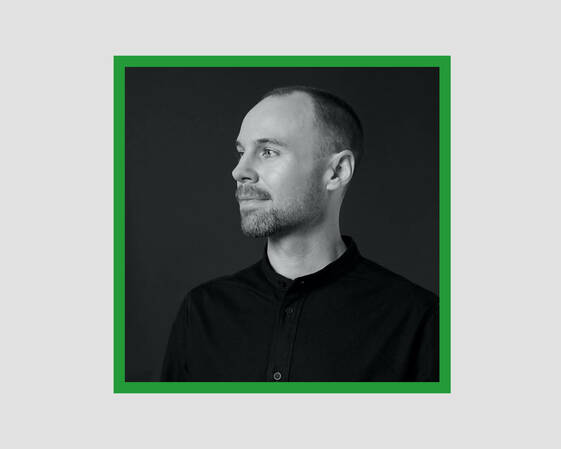Q: Why PDINZ and what do you hope to contribute?
James: PDINZ is a great title to earn as it acknowledges career achievements and provides a platform to be reviewed and recognised by respected industry peers. It’s also a mark of professionalism and commitment to the wider design community. Through being PDINZ I’d like to engage with the community more and take on a mentoring role.
Q: One of your mantras seems to be "I enjoy the craft of the process as much as the outcome".
James: For me craft in design is taking the time to work all the angles, to push, pull and dissect the idea, finessing the finest details and spacing in a wordmark that only a designer would notice – if you’re lucky through the process of craft you might land on a happy accident too. Knowing you’ve tested the boundaries solidifies the solution.
Q: One of the things you said during your PDINZ interview was, “naturally, as a designer, you need to be a strategist,” care to expand a little on this?
James: As designers we’re constantly thinking in a strategic way, identifying the creative opportunity and navigating the approach for our clients to get there successfully; how we approach a brief, where we could go, where we shouldn’t, and most importantly what we could risk to get there too. We also develop an acute understanding that the work we create has real world impact on our clients’ businesses, products and culture; our guidance and solutions must consider the future and wider implications beyond just looking good to succeed.
Q: You also spoke about the importance of “an idea” behind every design, even if it is not immediately apparent. What does an idea bring to, say a hotel brand, that a purely aesthetic driven solution could not accomplish?
James: Having a big idea behind every creative solution isn’t necessarily possible in all cases, we all get ‘do’ jobs! But as a designer you need to be confident your work has the legs to live and grow beyond just being aesthetically pleasing right now. Trends come and go, but an idea always shines through. It doesn’t need to be deeply conceptual, often creating ‘a smile in the mind’ through a crafty piece of typography is just as valuable.
In the case of large brand identity systems having an idea allows the expression of the brand to shift and grow as it rolls out across a myriad of contexts and touchpoints, the idea creates a foundation for continual inspiration. A purely aesthetic solution inevitably runs out of juice, it feels thin and lacks connection to an emotive response compared to an idea which is inherently linked to the visual solution.
Q: It has been mentioned in the past that the definition of a ‘designer’ might have become stretched in recent times and has come to incorporate business advisory .
James: I guess as a designer you’re always being stretched, it’s surprising and quite humbling how open and trusting clients can be in sharing their dreams and aspirations for their business, the commercial and financial sensitivities are often laid bare. We become business allies and part-time physiologists through interpreting and contextualising all of this information. We wear many hats; from becoming experts in the world of Manuka honey, to creating systematic hospital wayfinding, to highly embellished luxury brands in hospitality.
We need to realise that it’s all about perception, whilst we as designers have refined our aesthetic tastes these choices do not talk to everyone, we can identify good and bad design but aesthetic preferences are a personal choice.
As a designer you need to not only understand what a client is asking but what the desired market wants too – you need to learn to put yourself out of the equation sometimes, think about the end user and how they’ll benefit from the solution.
So yes, the term ‘designer’ often doesn’t reflect what we do along the way to get to the actual ‘design’ part of being a designer – but for me that’s a good thing, it’s what keeps it interesting and exciting.
Q: Your work expands across packaging, signage etc and into quite complex corporate branding jobs, hotels, banks, etc. What, do you think, is the connecting thread… what is your personal signature across these different expressions of design?
James: That’s a tricky one, it’s hard to self-critique! I never wanted to be pigeonholed as a designer, so having the ability to flex your creativity in varying ways is what keeps it fresh and rounds you as a designer. I like to find opportunities to break the category norm, where could I add some intrigue or personality that goes beyond just aesthetically answering the brief, making it ownable; I try to approach every job with that in mind, making sure everything has its purpose and place in a considered structure to grow from too. I hope that comes through in my work.
